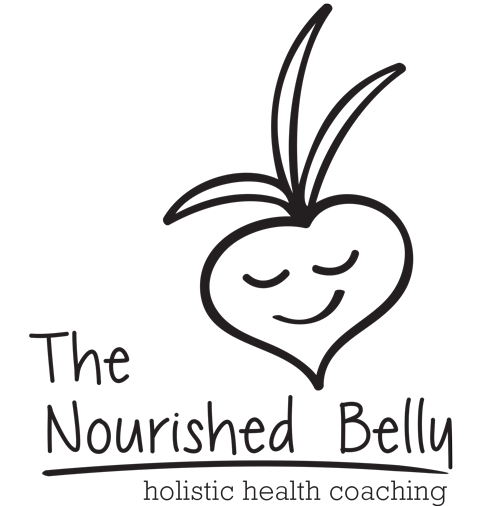My posting last week was all about the benefits and the how-to of making bone broth, but how do you use it in your kitchen? Well…these ideas are mainly what I do in my kitchen, but I would love other comments and suggestions. Bone broth really is one of the most versatile foods, and will instantly add flavor and a LOAD of nutrients to whatever you are eating. Oh! What about the fat the settles at the top of the broth? Save it! Use it for cooking….remember saturated fats are the best for cooking. Use it to cook eggs or vegetables. When I worked at Three Stone Hearth, the awesome worker owned cooperative kitchen in Berkeley, they would always add a layer of fat to seal the bone broth in the jar. This helped to keep the broth longer. Which, by the way, can be kept in the fridge up to about 5 days, after which you can re-simmer and keep for a bit longer. You can also freeze broth in small pint or quart size jars*, remember to leave room for expansion. My friend Jessica, who specializes in yoga therapy for the spine and is awesome, found out that if you freeze broth in half gallon jars, that’s too much liquid to freeze and her jars would crack! And Oh! You can also freeze broth in ice cube trays, and whenever you are cooking veggies, you can add a cube for flavor.
You can also create a demi-glaze, which really just means simmering some broth until you have released most of the moisture…and you have a nice thick consistency. This is great for gravies and sauces… pour it over chicken, beef, vegetables…anything!
Here are some common ways I use broth in my kitchen:
1) As a base for soups and stews.
2) When you feel a cold coming on. Thomas Cowan recommends that at the first sign of illness, we drink chicken broth with coconut milk. The broth provides much needed fluids and nutrients, while the coconut milk provides some nice antimicrobial action. I also like to add a little lemon or lime….yum.
3) Use it to cook grains, beans, lentils: An immediate flavor booster and nutrient bang for your buck.
4) Simple Soups! Check down below for two recipes that are inspired by the food my awesome Taiwanese mom makes :)
Corn Soup
(3-4 servings)
1 quart chicken broth
1 can corn or 1-2 ears of fresh corn (summer only...I Know!)
¼ cup coconut milk (Native Forest brand)
1 egg
Salt to taste
Heat chicken broth in a medium saucepan and add corn. If using fresh corn, shave corn off the ears in a medium mixing bowl first, add and then let simmer for a few minutes. If you are using organic canned corn, drain first and then add to the soup. Add coconut milk. Take soup off heat and drop in egg. Stir immediately, egg should wisp into thin strips. Salt until desired taste! Serve and enjoy!
Daikon and Seaweed Soup
(3-4 servings)
1 quart chicken or pork broth
1 medium daikon
1 handful of wakame
1 T miso paste (optional)
Sea salt and pepper to taste
Chop daikon into ¼ inch pieces. Heat bone broth in medium saucepan and simmer daikon until a fork can be easily pushed through, roughly 20 minutes. Take soup off heat and in a small bowl, place miso paste and add a little bit of soup. Mix until paste has dissolved and mix into the rest of the soup. Add a handful of wakame, salt and pepper to taste, and serve!
Resources:
Cowan, Thomas. (2004) The Fourfold Path to Healing. United States; New Trends Publishing
*I recommend using Mason Jars in your kitchen. They come in all different sizes, are really good quality, can replace the use of plastic containers in your kitchen, and are made in the USA! You never have to look for the right top to go with the right container, because the tops are all interchangeable. They also are super decorative and just LOOK COOL. You can find them at your local hardware store or check out the link below.

